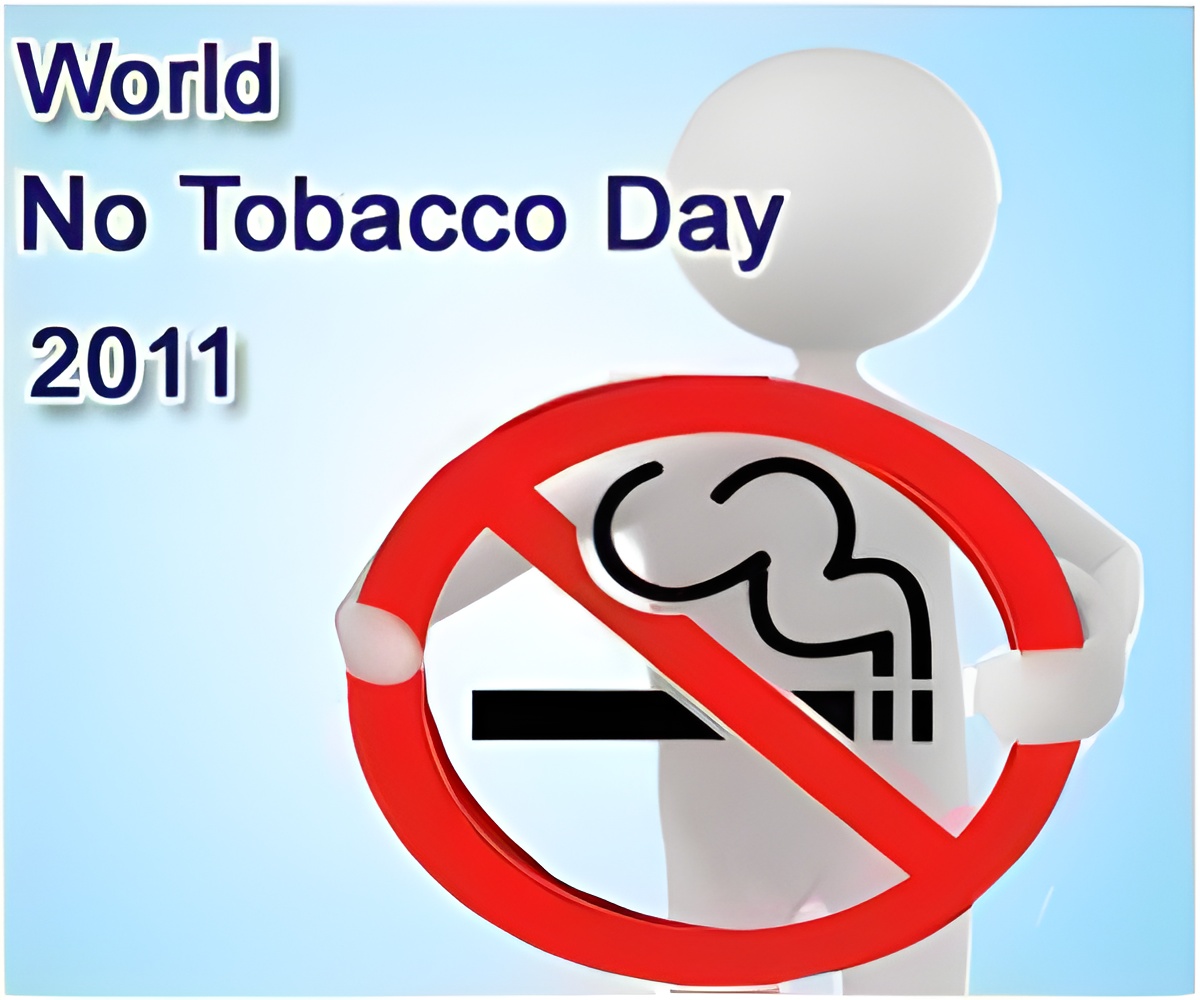Every year the 31st of May is observed as World No Tobacco Day. The day was born as an answer to the growing concerns about tobacco use worldwide, which is also the leading preventable cause of death.

Last century tobacco killed 100 million people and this century it could kill 1 billion people. In 2011 more than 5 million people will die from a tobacco-related heart attack, stroke, cancer, lung ailment or other diseases. Add to this another 600,000 people of whom over than a quarter of them would be children will die from exposure to second-hand smoke.
Going by the present trend, deaths due to tobacco use could rise to 8 million by 2030 and a staggering billion in the 21st century. Indeed, it is a wake-up call to tobacco users, governments, and public health organizations worldwide to get their act together in curbing tobacco use and protect the health of individuals, thereby the wealth of nations.
‘The WHO Framework Convention on Tobacco Control’, forms the central theme of World No Tobacco Day 2011. This framework which is the world’s first global public health treaty under the leadership of The World Health Organization (WHO), has the consent of 168 member states and is a crucial tool for tobacco control. The guidelines of this framework on tobacco control are exhaustive and detailed with strategies that member countries can adopt to achieve milestones in curbing tobacco use.
On this day, tobacco users are encouraged to keep up the spirit of “anti-tobacco” and stay away from any form of tobacco for 24 hours at least. Mass campaigns, posters, fliers, videos, brochures and even seminars have been organized in member nations to disseminate the vital information about the harmful effects of tobacco use.
• Protect public health policies from commercial and other vested interests of the tobacco industry.
• Adopt price and tax measures to reduce the demand for tobacco.
• Protect people from exposure to tobacco smoke.
• Regulate the contents of tobacco products.
• Regulate tobacco product disclosures.
• Regulate the packaging and labeling of tobacco products.
• Warn people about the dangers of tobacco.
• Ban tobacco advertising, promotion and sponsorship.
• Offer people help to end their addiction to tobacco.
• Control the illicit trade in tobacco products.
• Ban sales to and by minors.
• Support economically viable alternative to tobacco growing.
The key message for countries this year is to protect present and future generations from the devastating health, social, environmental and economic consequences of tobacco consumption and exposure to tobacco smoke.
Other key messages will include:
• The treaty embodies the desire and commitment of scores of governments and millions of people to have a tobacco-free world.
• The Parties to the treaty should fulfil their obligation to fully implement it.
• Individuals should encourage and help their governments to fulfil that obligation.
• The treaty should be duly appreciated by institutions and individuals alike as a landmark in the history of public health and the world's foremost tobacco control instrument.
• WHO and the Conference of the Parties stand ready to help countries meet their obligations under the treaty and its related guidelines.
Ref- http://www.who.int/tobacco/wntd/2011/announcement/en/index1.html
Source-Medindia











